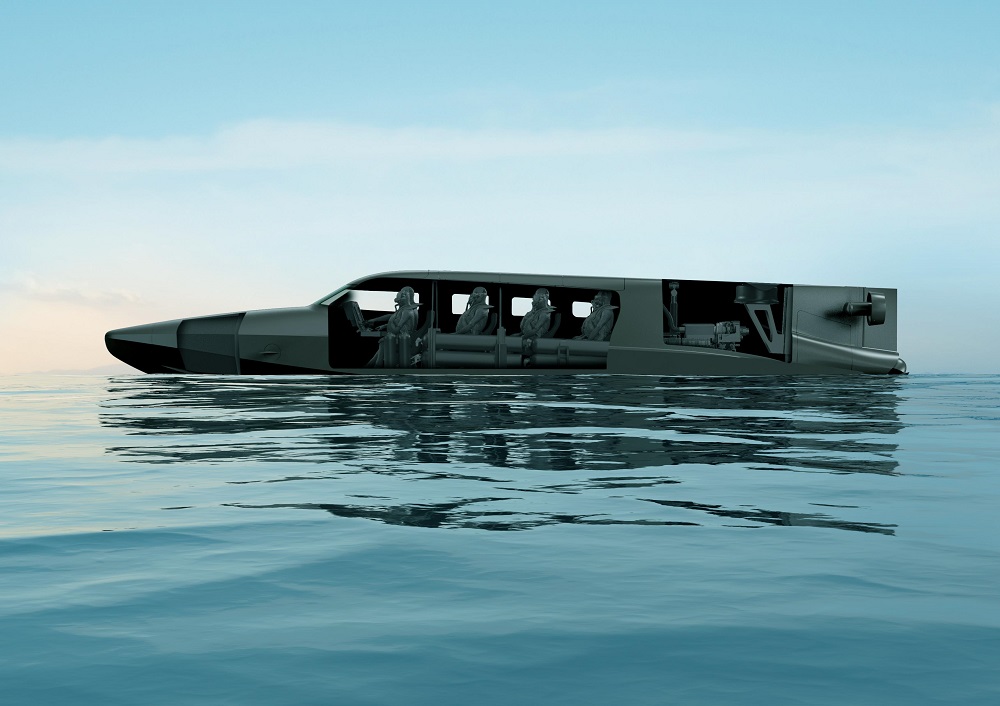After a 1,OOO nm sprint, the cruiser can remain on station at 13 knots for 6 days to 50 percent fuel, with a load on the electrical plant sufficient to keep Spy radiating at high power. Shifting the main plant to the nonstandard configuration low speed quiet mode (by following classified information in the combat systems doctrine) should boost endurance to 7}12 days at 5 knots. If the decision is made to drop to 30 percent fuel, on-station time is 10 days at 13 knots, and just over 1 2 days at the low speed quiet mode 5 knots.
Note the reason for the high 13-knot patrol speed. The cruiser, like most U.S. twin-screw combatants with controllable reversible pitch propellers, is most quiet with both shafts powered and both props at 100 percent pitch. The Prairie/Masker system must also be aligned in accordance with the specific classified parameters in the class combat systems doctrine. Below 100 percent pitch, the props cavitate. The slowest speed the cruiser will normally make at 100 percent pitch on both shafts is between 12 and 13 knots. Low speed quiet mode achieves improved quieting, lower speed, and greater fuel economy, but at the cost of a nonstandard plant configuration that takes engineering control away from the bridge watch team.
Under the same conditions, the endurance of the DDG is strikingly different. Patrol time to 50 percent is just under 3 days at 13 knots, with about 5}12 days total to 30 percent fuel state. The DDG 51 class combat systems doctrine does not yet detail a low speed quiet mode configuration for the class; but if a setup similar to that for the cruiser is presumed, then endurance to 50 percent would be boosted by a day, and to 30 percent by 2 days, maintaining a patrol speed of 5 knots. Thus, at the lowest speed and lowest fuel state, the cruiser can remain on station more than 1 }12 times as long as the destroyer. At a more responsive 13 knots and a more responsible 50 percent fuel state, the cruiser will have lasted twice as long as the destroyer-and will have done it with 35 percent more VLS cells.
While this simplistic arithmetic shows the logic of selecting the cruiser for the NTW mission , it also helps to highlight one of the JFMCC's greatest logistical challenges: the iron logic of fuel. Warships have redundant weapons, redundant sensors, and plenty of manpower. When the fresh fruit and vegetables run out, a Navy ship's galley can still serve macaroni and cheese well into the next century. Fuel, however, is an absolute. Empires were built around coaling stations for good reason, and the NTW cruiser captain who finds himself at 30 percent fuel in the face of the enemy is not going to sleep well.





